A new Tokyo museum designed by Kume Sekkei brings us closer to the art of Yayoi Kusama
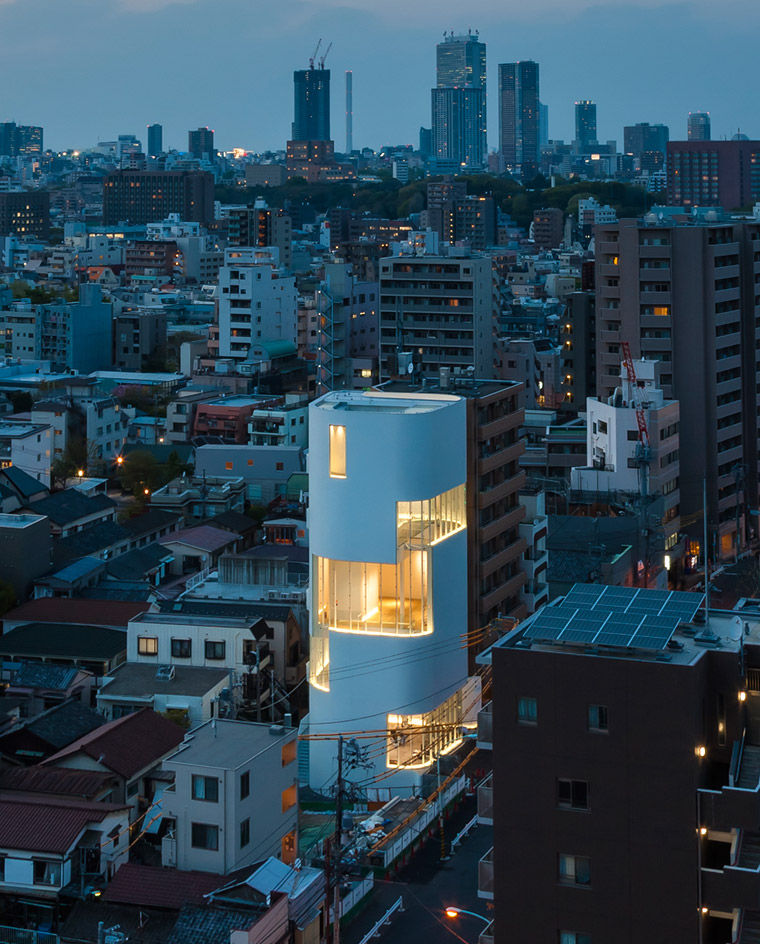
Glowing pumpkins, psychedelic polka dots and infinite mirror reflections: the grand dame of Japan’s art world, Yayoi Kusama, has long been famed as the anti-queen of minimalism. So it might come as some surprise to see that a new Tokyo museum devoted to the 88-year-old artist is the antithesis of her eye-popping artworks. Instead, the Yayoi Kusama Museum brings to mind a modern lantern, with softly curved edges, walls of glass, natural light and lots of (uncharacteristic) white.
The new museum – set up by a foundation created by the artist – is located in a residential neighbourhood in Shinjuku, not far from her studio and the psychiatric hospital where she has lived voluntarily for 40 years.
Designed by architectural firm Kume Sekkei, the concept is simple: five white cubes have been stacked and slightly rotated, creating five compact floors, each measuring less than 131 sq m.
A nod to the artist’s most famed motif can be seen upon arrival at the white tower, with the ground floor glass façade covered in white polka dots. The art action takes place upstairs: the first and second floors are home to two gently curved white gallery spaces – for the inaugural show, the monochrome Love Forever marker pen etchings are on one level, the rainbow-bright My Eternal Soul series on the next.
An installation room is on the next level, currently home to the not-very-succinctly entitled Pumpkins Screaming About Love Beyond Infinity (cue countless glowing pumpkins reflected infinitely into mirrors). The top floor has a small curved library leading to a roof terrace with classic Tokyo rooftop views – plus a single pumpkin installation and a bench beneath a patch of urban sky.
'The balance between the minimalist white building and the colourful installations happened by chance,' explains Akira Tatehata, museum director. Akihiko Ito, general manager at Kume Sekkei, adds: 'Each exhibition space retains its own independence at every floor, yet it is continuous in a helical manner, as if guided by the soft natural light pouring down all the floors.'
The simplicity of the structure creates a clean backdrop for Kusama’s work while somehow maintaining her spirit throughout (right down to the loos and lifts, mini treasure troves of mirrors and red polka dots). Best of all? With pre-booked visitors strictly limited to four daily batches of 50 at a time, the atmosphere is likely to remain as serene as the décor.
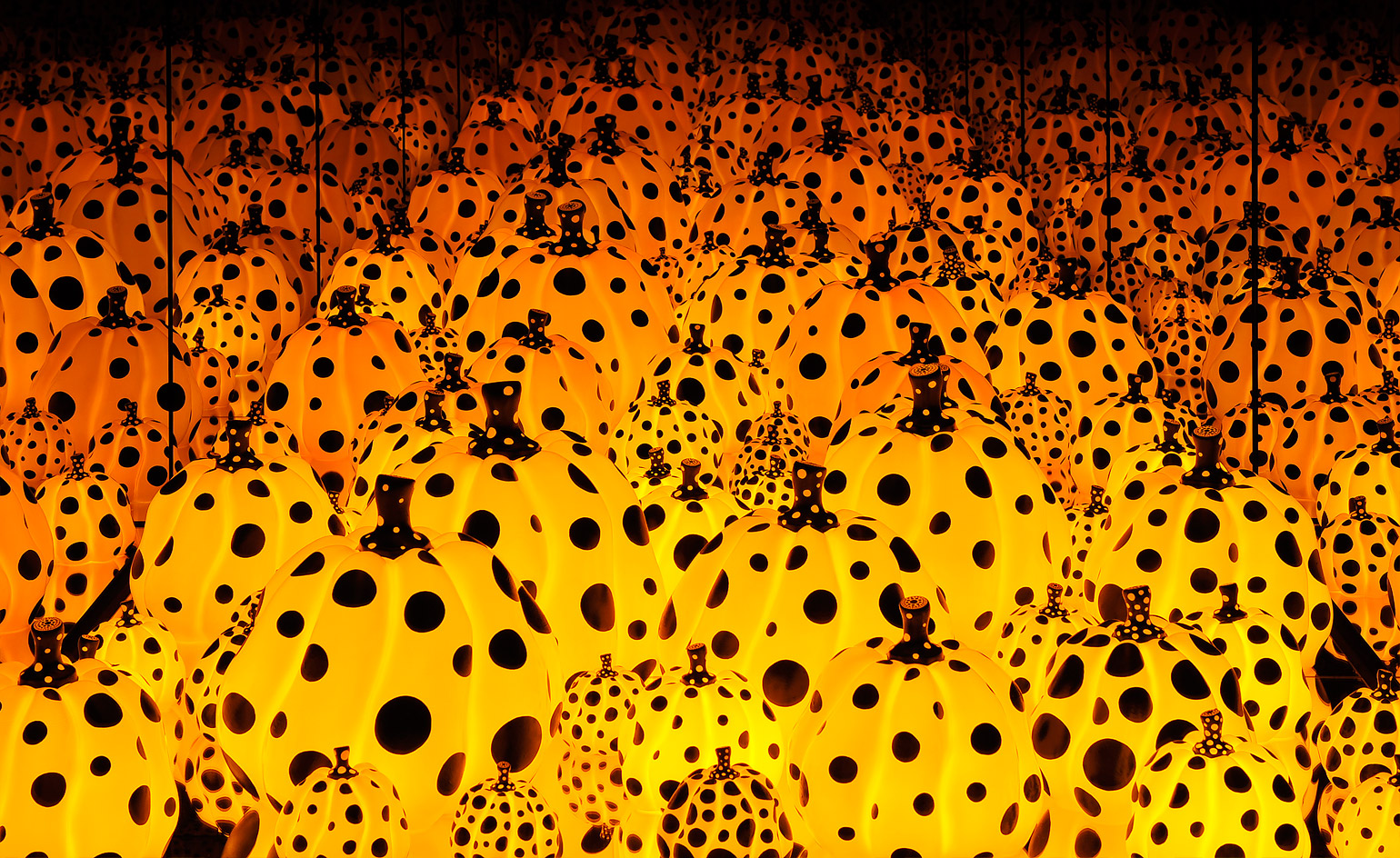
Pumpkins Screaming About Love Beyond Infinity, 2017
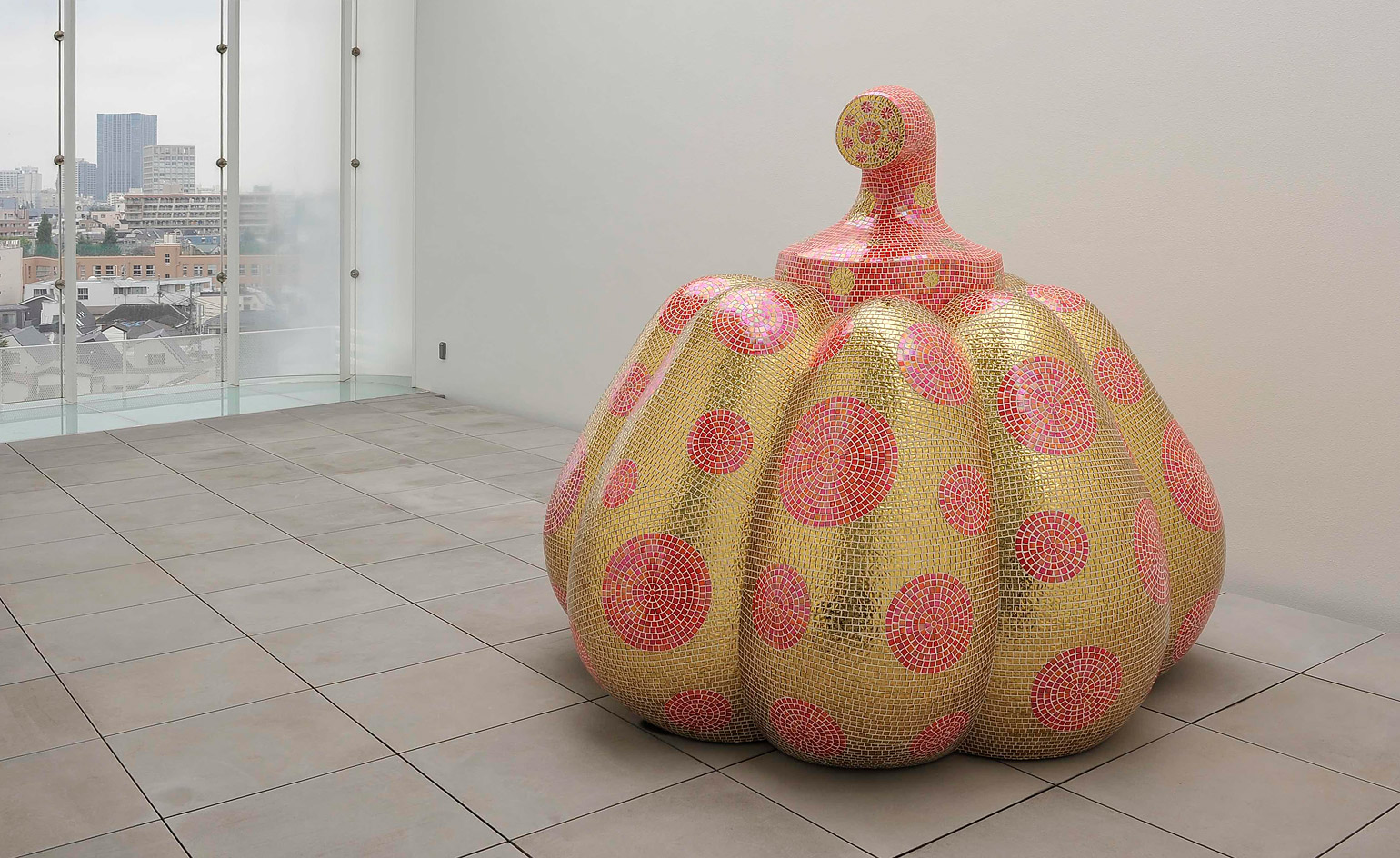
The top floor of the new Yayoi Kusama Museum in Tokyo features a small curved library that leads to a rooftop terrace view of the city. © The artist
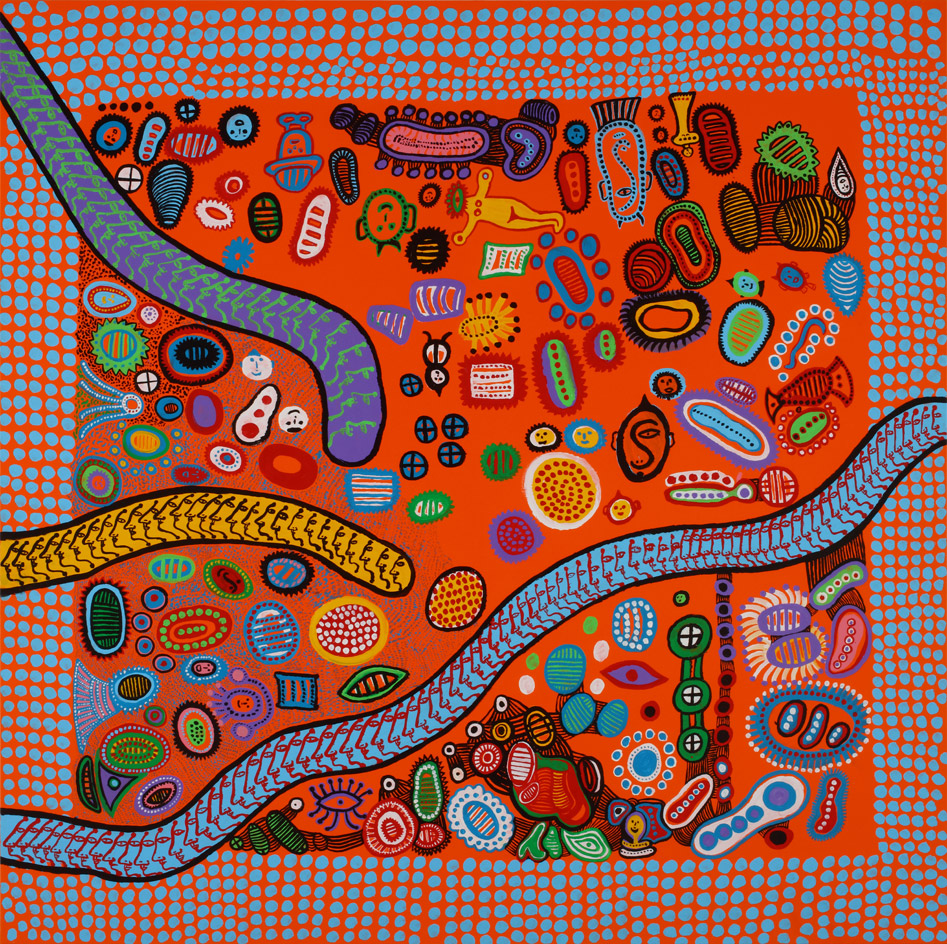
Prayers for Peace, 2015, by Yayoi Kusama. © The artist
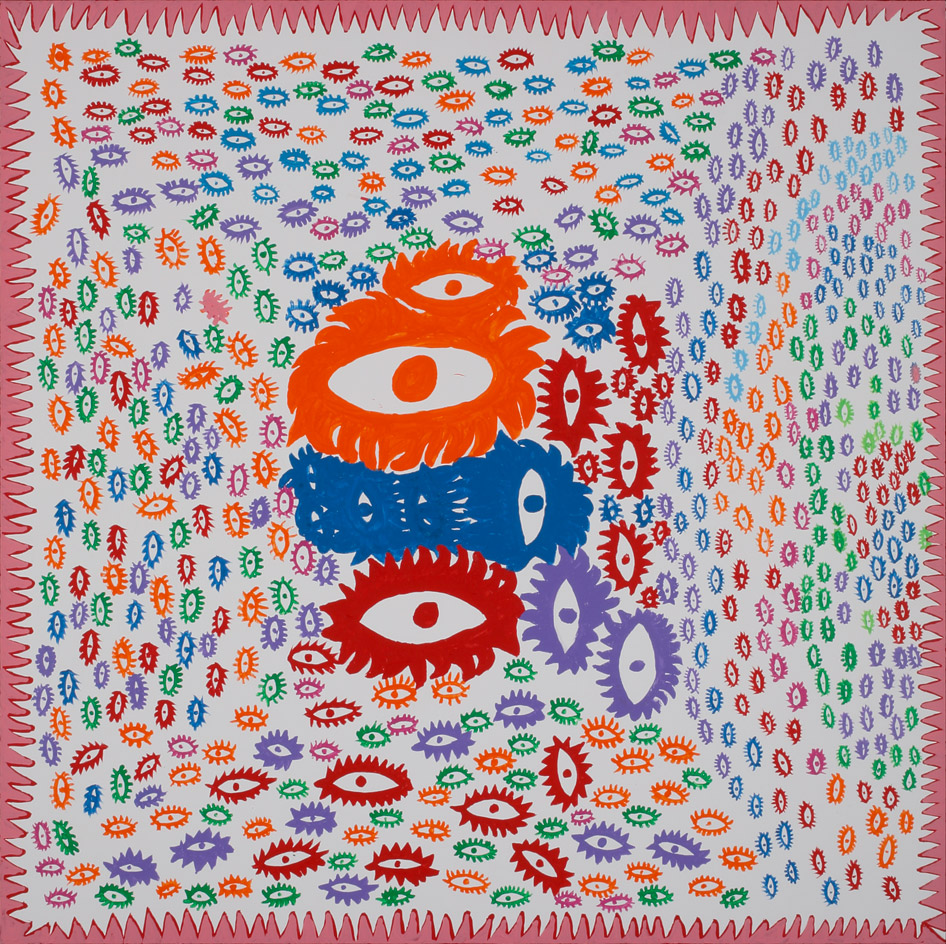
I love-eyes, 2013, by Yayoi Kusama. © The artist
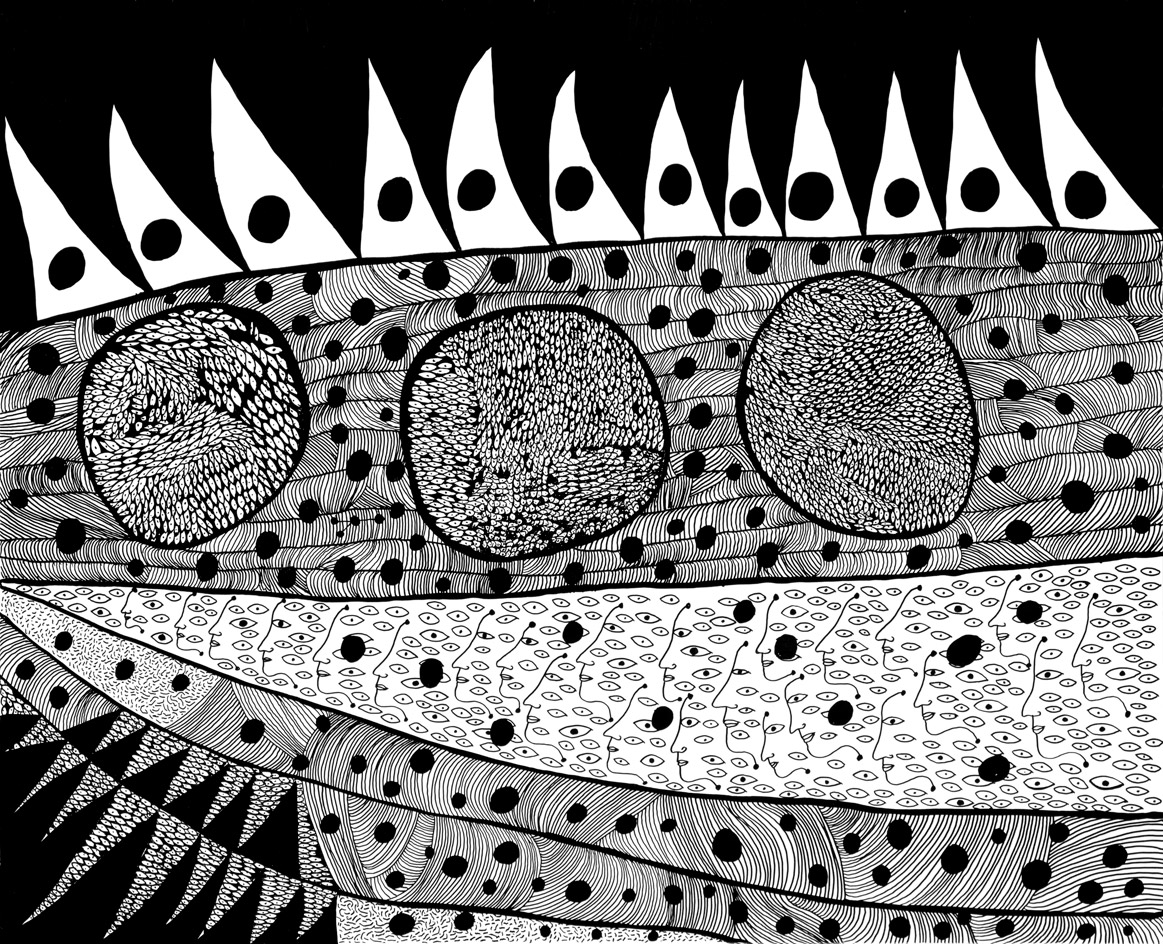
Waking up in the morning [tqstw], 2007, by Yayoi Kusama. © The artist
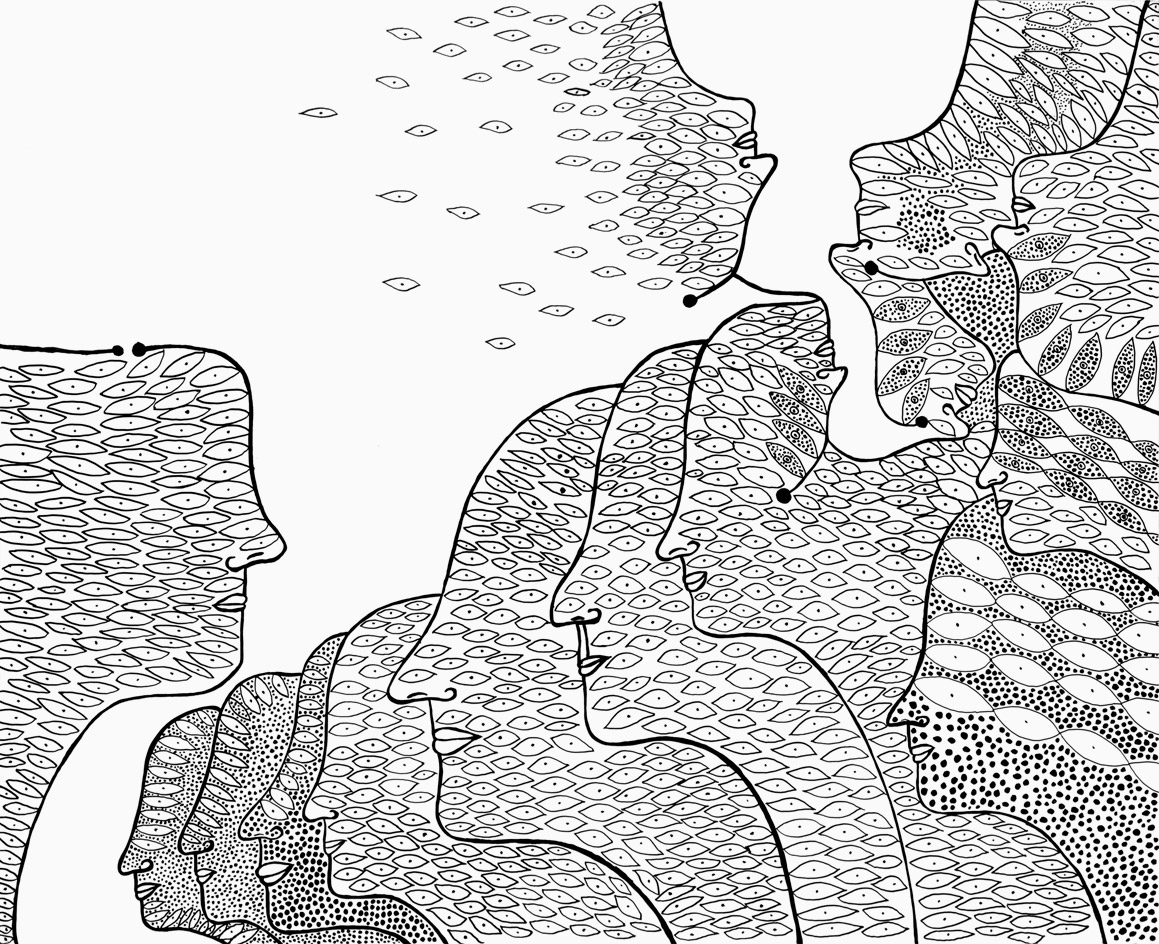
Women waiting for spring, 2005, by Yayoi Kusama. © The artist
INFORMATION
‘Creation is a Solitary Pursuit, Love is What Brings You Closer to Art’ is on view until 25 February 2018. For more information, visit the Yayoi Kusama Museum website
ADDRESS
Yayoi Kusama Museum
107 Bentencho
Shinjuku-ku
Tokyo 162-0851
Receive our daily digest of inspiration, escapism and design stories from around the world direct to your inbox.
Danielle Demetriou is a British writer and editor who moved from London to Japan in 2007. She writes about design, architecture and culture (for newspapers, magazines and books) and lives in an old machiya townhouse in Kyoto.
Instagram - @danielleinjapan
-
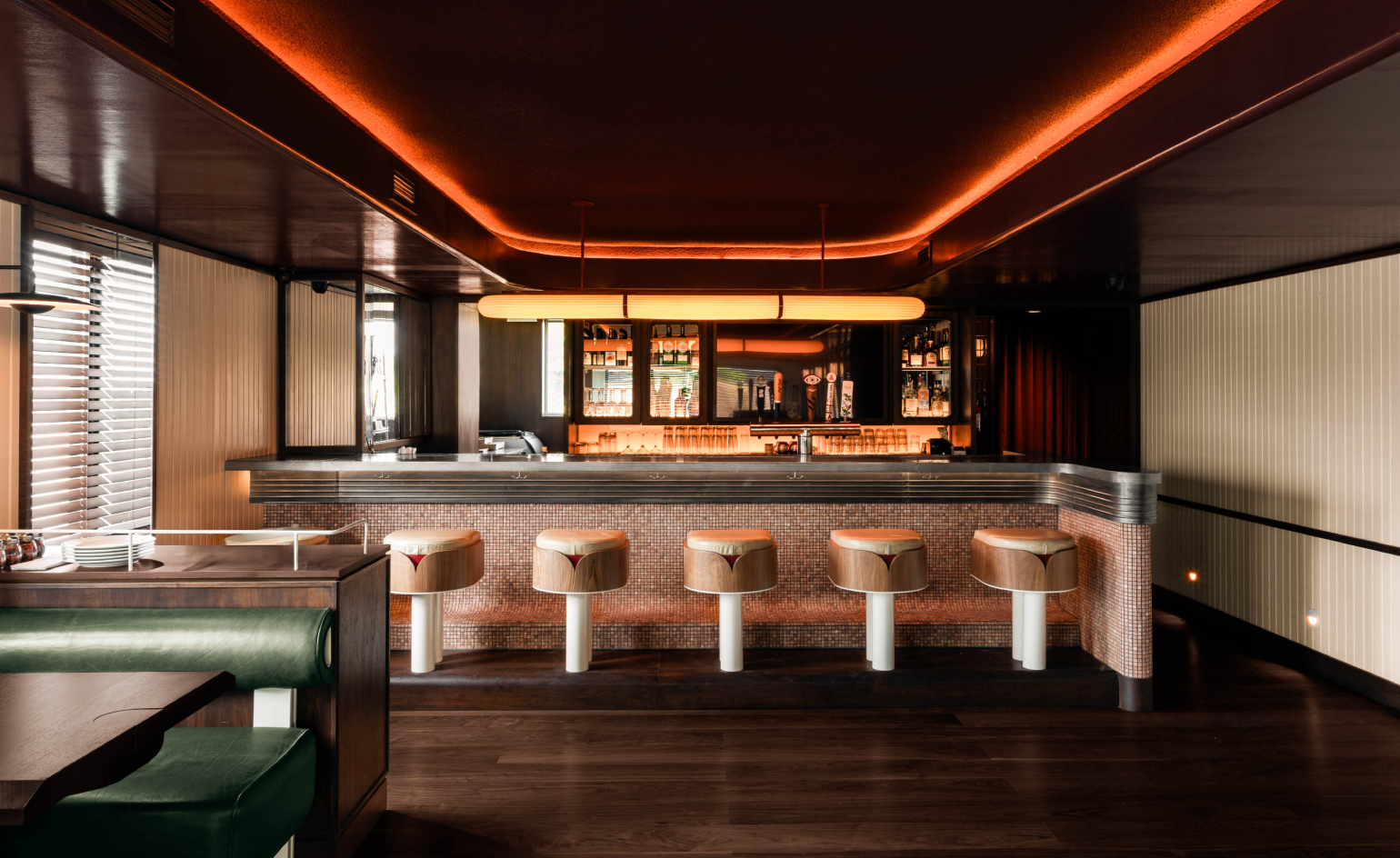 This Toronto pizzeria hides a sultry bar with serious bite
This Toronto pizzeria hides a sultry bar with serious biteNorth of Brooklyn unveils a fresh, two-level outpost where crisp, light-filled minimalism gives way to a warmer, neon-lit upstairs area
-
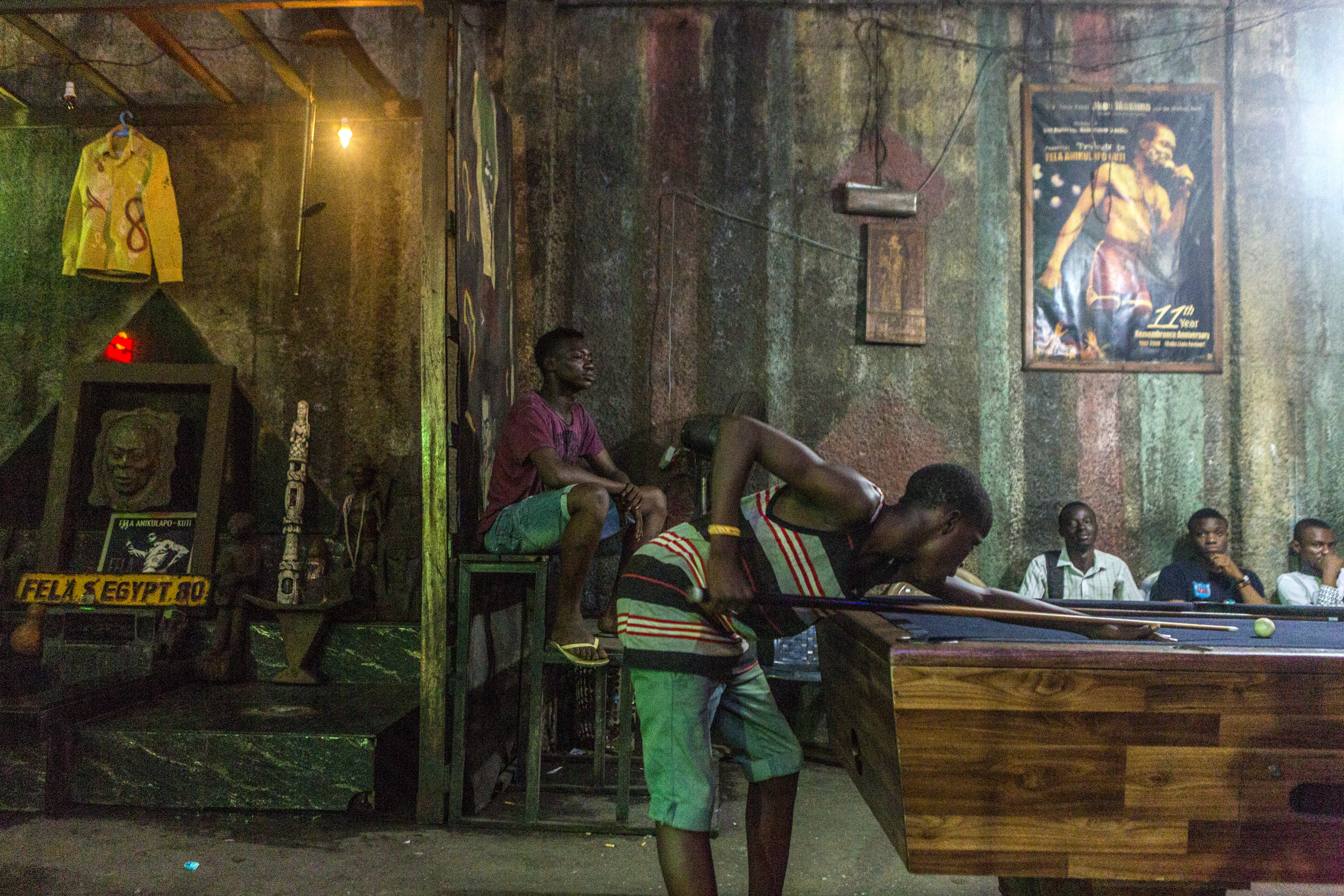 A Lagos exhibition celebrates Fela Kuti's defining sound
A Lagos exhibition celebrates Fela Kuti's defining soundAn exhibition, Afrobeat Rebellion, currently showing at the Ecobank PanAfrican Centre in Lagos, explores the life of Afrobeat father Fela Anikulapo-Kuti
-
 The Architecture Edit: Wallpaper’s houses of the month
The Architecture Edit: Wallpaper’s houses of the monthFrom wineries-turned-music studios to fire-resistant holiday homes, these are the properties that have most impressed the Wallpaper* editors this month
-
 Out of office: The Wallpaper* editors’ picks of the week
Out of office: The Wallpaper* editors’ picks of the weekIt’s been a week of escapism: daydreams of Ghana sparked by lively local projects, glimpses of Tokyo on nostalgic film rolls, and a charming foray into the heart of Christmas as the festive season kicks off in earnest
-
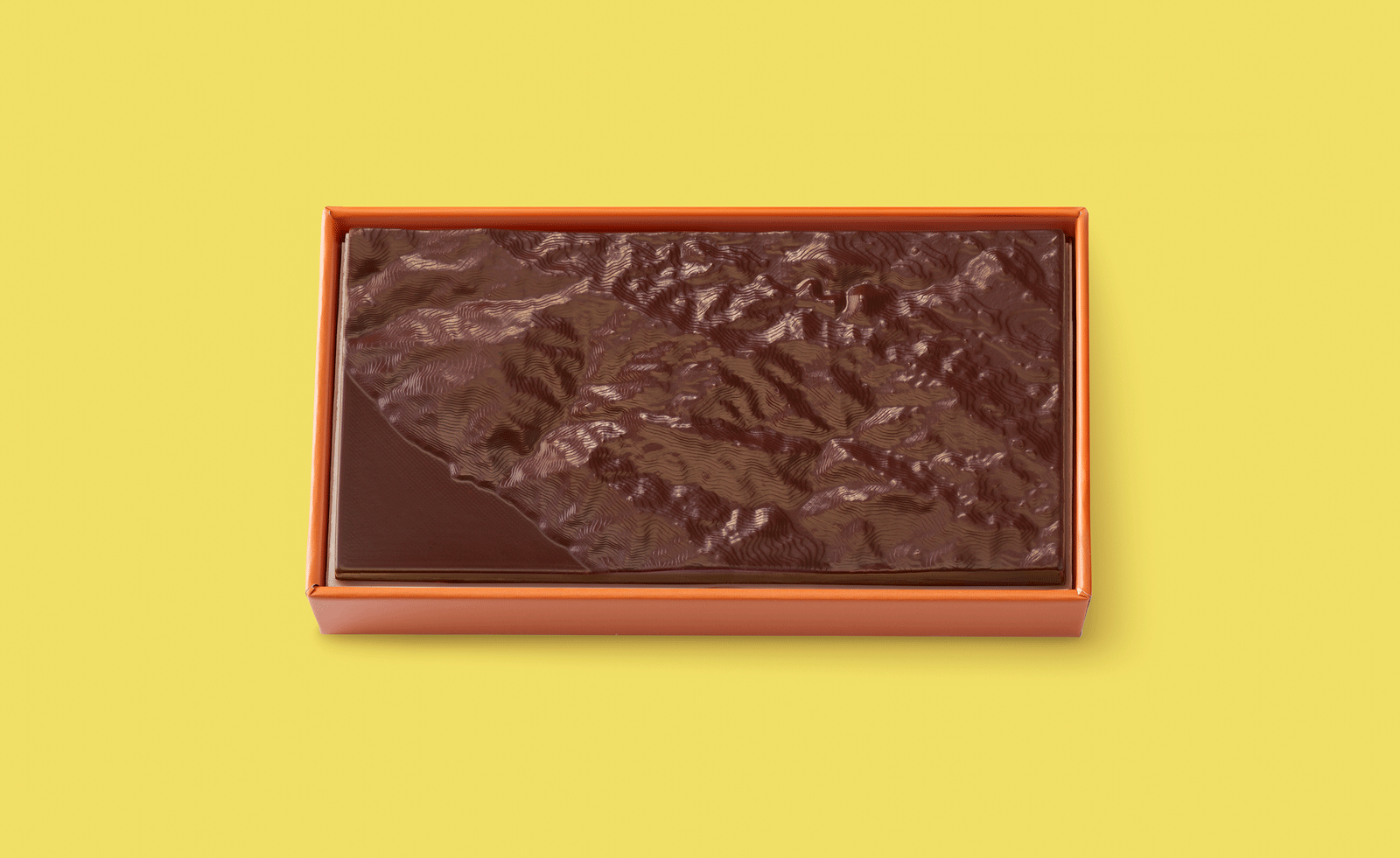 Ed Ruscha’s foray into chocolate is sweet, smart and very American
Ed Ruscha’s foray into chocolate is sweet, smart and very AmericanArt and chocolate combine deliciously in ‘Made in California’, a project from the artist with andSons Chocolatiers
-
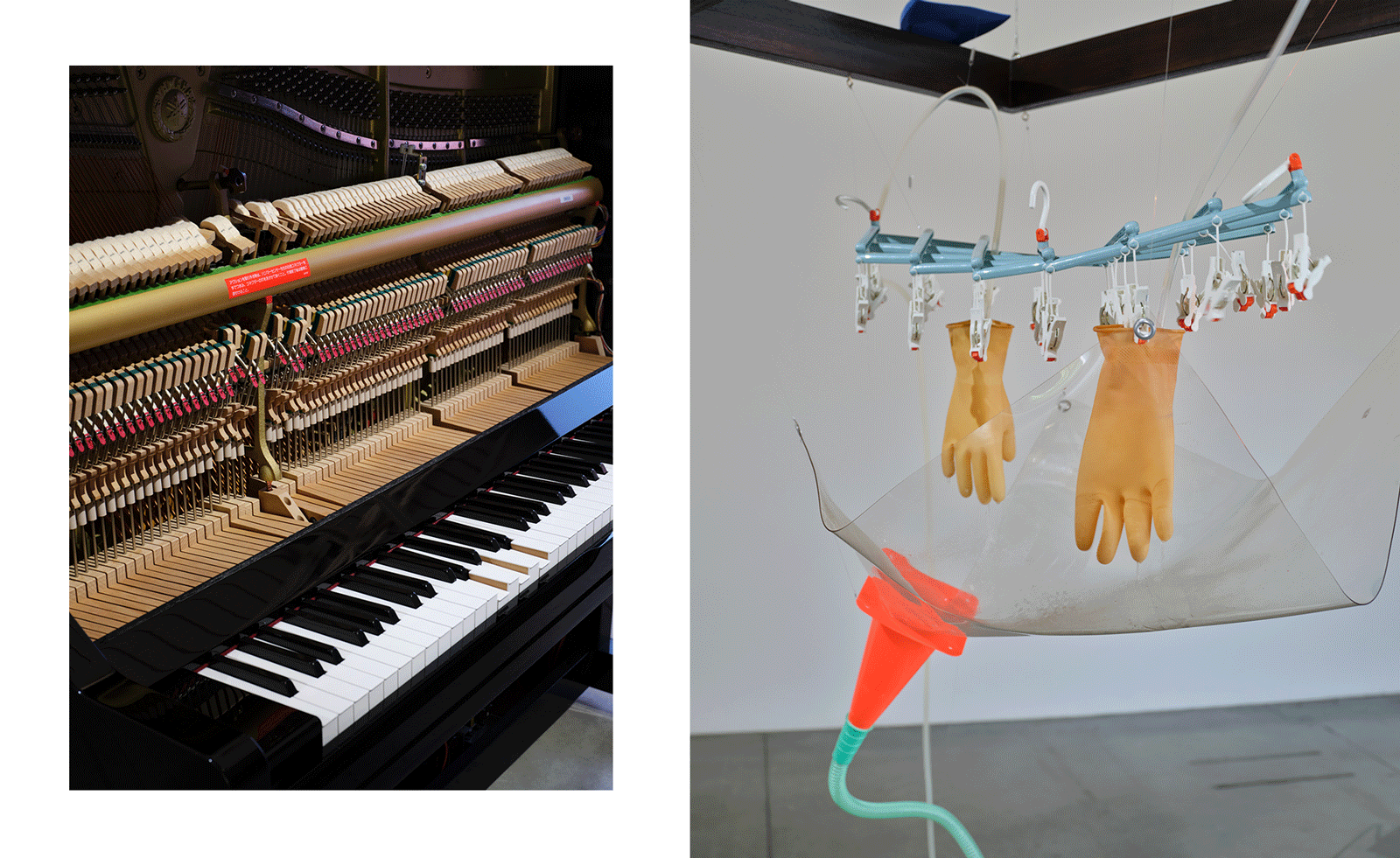 Yuko Mohri’s living installations play on Marcel Duchamp’s surrealism
Yuko Mohri’s living installations play on Marcel Duchamp’s surrealismThe artist’s seven new works on show at Milan’s Pirelli HangarBicocca explore the real and imaginary connections that run through society
-
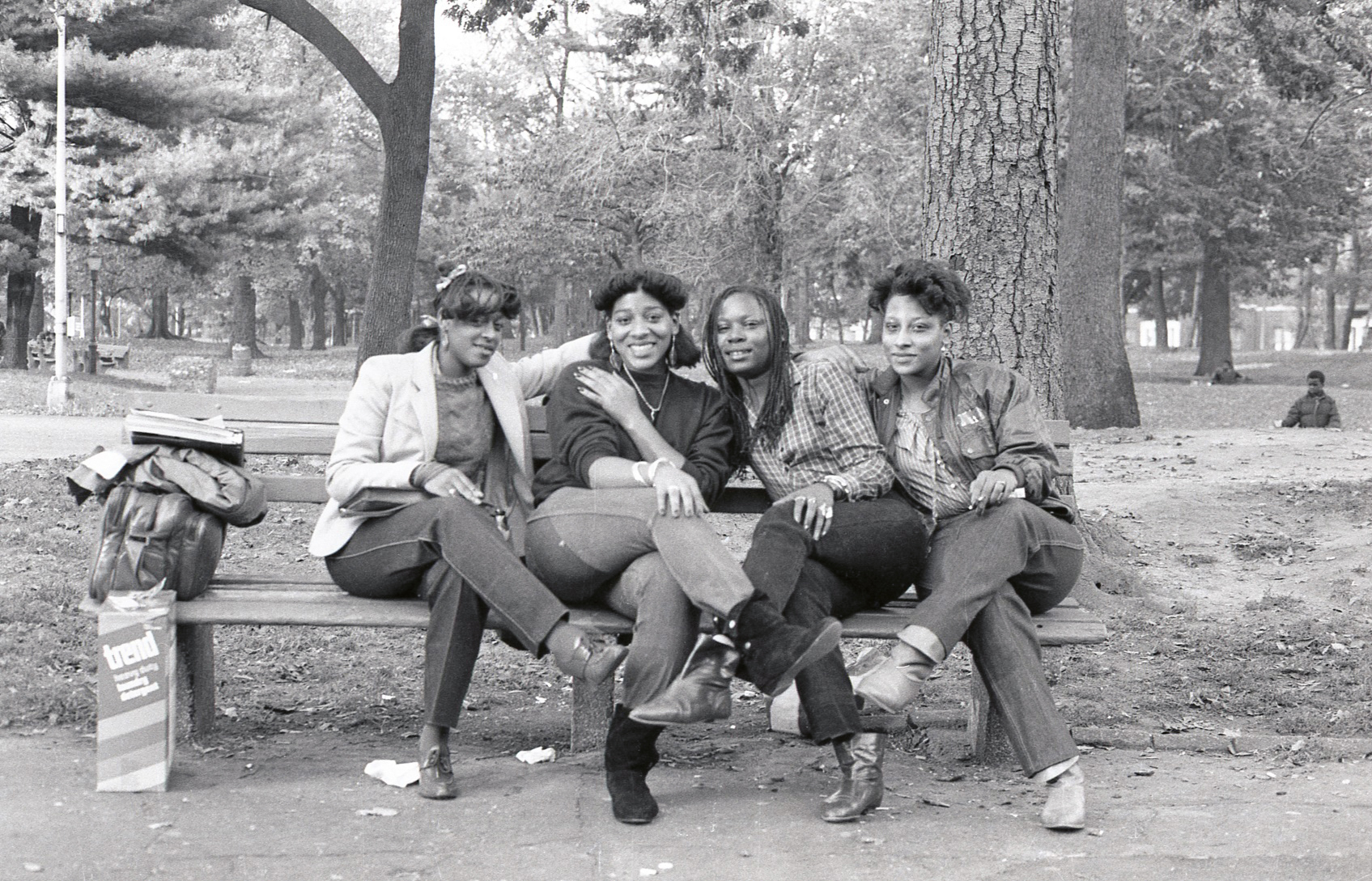 Jamel Shabazz’s photographs are a love letter to Prospect Park
Jamel Shabazz’s photographs are a love letter to Prospect ParkIn a new book, ‘Prospect Park: Photographs of a Brooklyn Oasis, 1980 to 2025’, Jamel Shabazz discovers a warmer side of human nature
-
 The Hammer Museum in Los Angeles launches the seventh iteration of its highly anticipated artist biennial
The Hammer Museum in Los Angeles launches the seventh iteration of its highly anticipated artist biennialOne of the gallery's flagship exhibitions, Made in LA showcases the breadth and depth of the city's contemporary art scene
-
 Thomas Prior’s photography captures the uncanny fragility of American life
Thomas Prior’s photography captures the uncanny fragility of American lifeA new book unites two decades of the photographer’s piercing, uneasy work
-
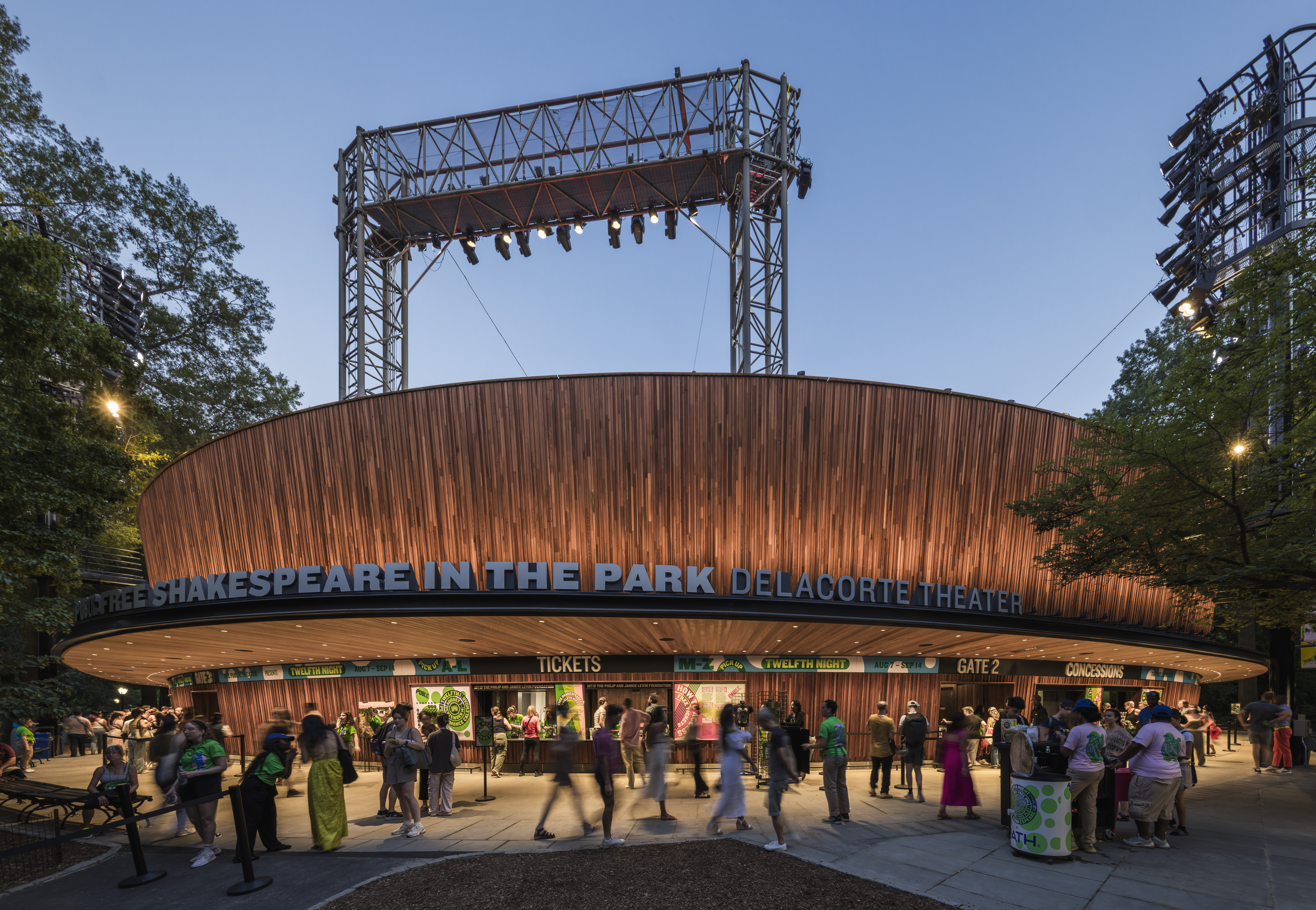 Central Park’s revitalised Delacorte Theater gears up for a new future
Central Park’s revitalised Delacorte Theater gears up for a new futureEnnead Architects helmed an ambitious renovation process that has given the New York City cultural landmark a vibrant and more accessible future
-
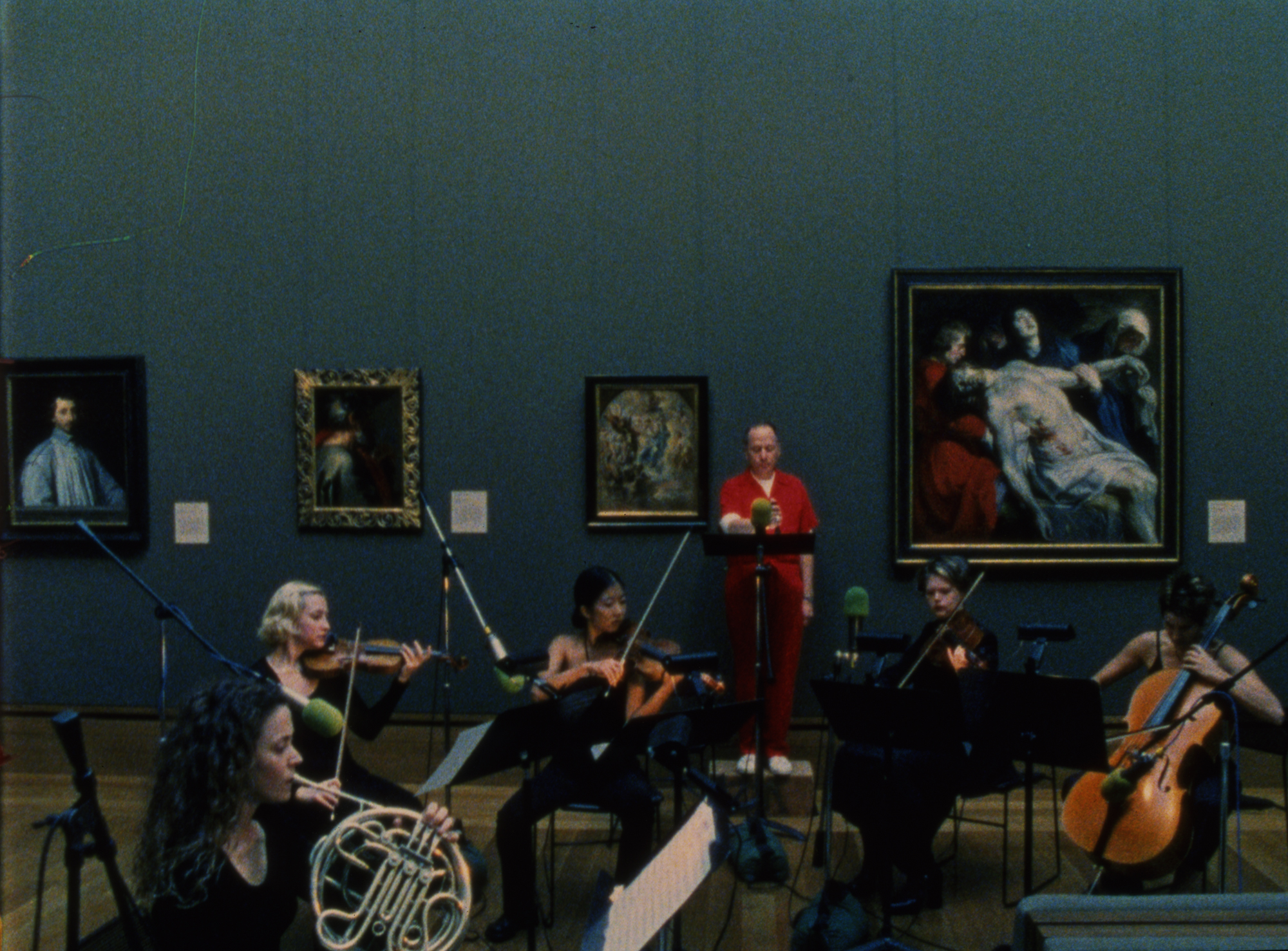 Stephen Prina borrows from pop, classical and modern music: now MoMA pays tribute to his performance work
Stephen Prina borrows from pop, classical and modern music: now MoMA pays tribute to his performance work‘Stephen Prina: A Lick and a Promise’ recalls the artist, musician, and composer’s performances, and is presented throughout MoMA. Prina tells us more